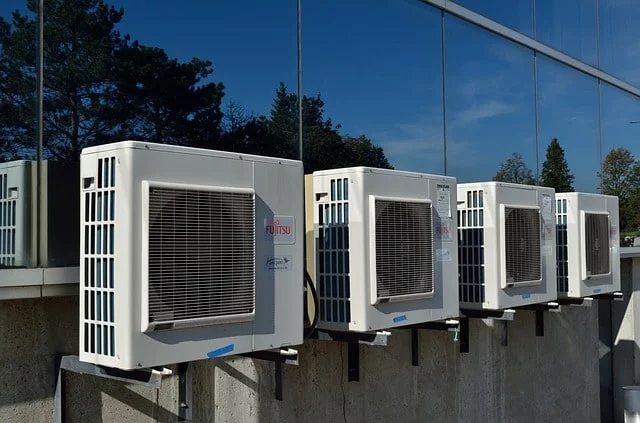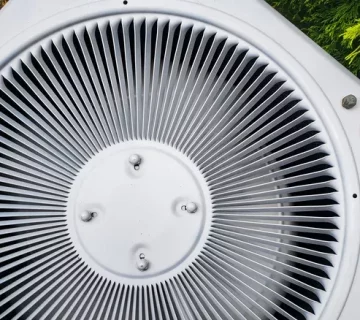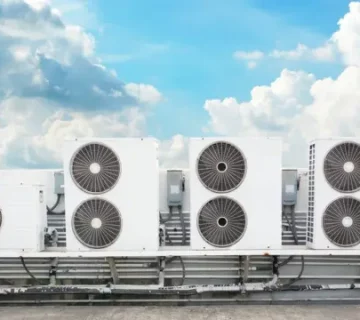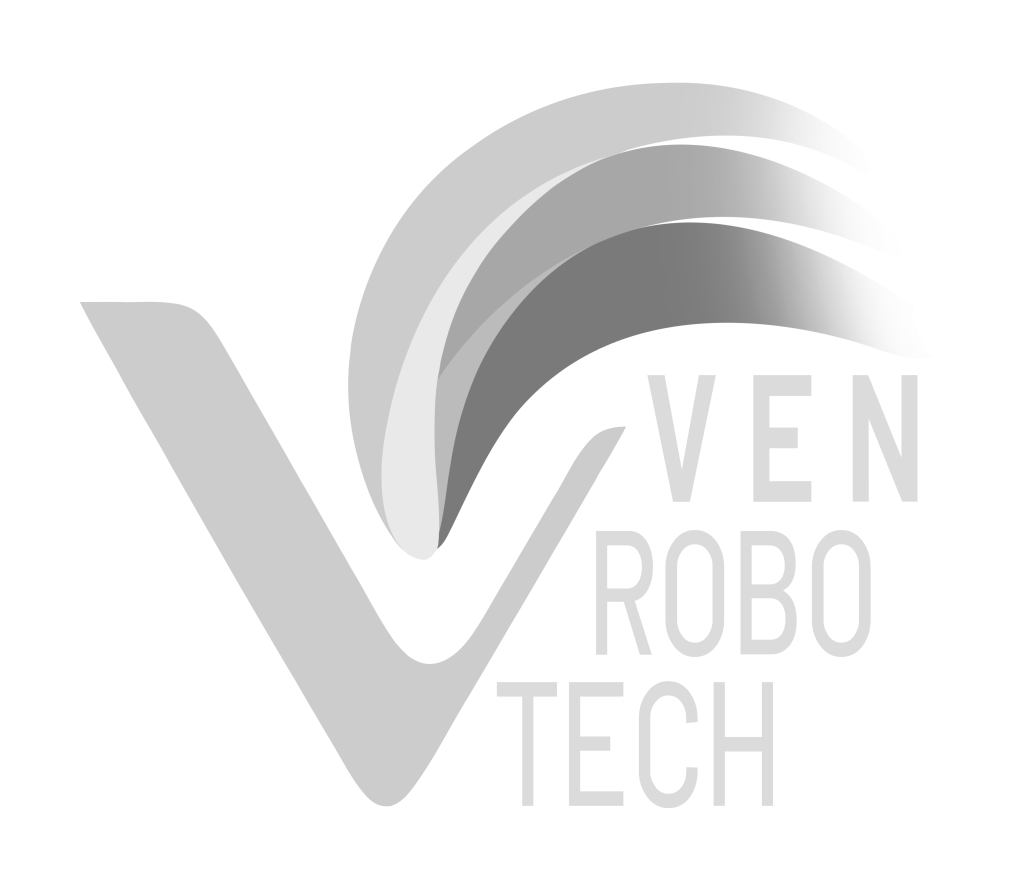From the first modern air conditioning system designed by Willis Haviland Carrier in 1902 to today’s powerful, feature-rich heating, ventilating, and air conditioning solutions, the HVAC industry is one characterized by continual evolution.
Whether using developments within the field or new technologies created in other industries, providers of commercial HVAC systems are always innovating. Much of the focus over the last decade has been on minimizing the environmental impact of HVAC systems and maximizing their ease of use.
But how, specifically, have HVAC solutions been enhanced in recent years? We provide insights on five major improvements below.
Important Advances in HVAC Technology
There is no shortage of technology improvements in our industry, but here are five changes that are currently transforming how heating, ventilation, and air conditioning systems are used and maintained.
1. Smart(er), integrated thermostats
So-called smart thermostats aren’t exactly new. But what is new is just how intelligent, user-friendly, and integrated they have become. For example, it’s easier than ever to connect your building’s thermostats with digital assistants like Amazon Echo or any of several other similar tools. Once the introduction is made, controlling your commercial HVAC system is as easy as asking the assistant to raise or lower the temperature, for example.
2. The Internet of Things (IoT)
The ability of digital devices to send data to and receive it from the internet is so ubiquitous that the term “Internet of Things” seems to be falling into disuse. But that doesn’t mean the concept is losing steam. Companies are increasingly leveraging capabilities like remote monitoring of a building’s commercial HVAC system to detect the need for maintenance that can prevent a system breakdown and save the building owner money on costly repairs.
3. HVAC apps
Mobile apps are changing how businesses use their HVAC systems, interact with HVAC service providers, and more. Out of town, but want to bump up the temperature in your warehouse a few degrees? You can make that adjustment from wherever you are. Need to schedule maintenance or pay your monthly HVAC service bill but aren’t on your computer? Your phone is all you need. A technician is at your facility, and you want them to provide a detailed quote for the parts and labor required to upgrade some aspect of your commercial HVAC system. They can generate it on the spot and send it to you.
4. Virtual reality (VR) training for HVAC technicians
As a building owner, property manager, or other stakeholder, nothing is more reassuring than interacting with a commercial HVAC technician who clearly “knows their stuff.” That knowledge used to take many years, if not decades, to acquire, partly because it could take that long to encounter all the different types of equipment, configurations, etc. Virtual reality is changing all that. A VR system can enable a tech to experience essentially every scenario they might encounter in the real world so that they can confidently handle any commercial HVAC issue they encounter on a service call.
5. Greater sustainability
Heating and cooling commercial buildings take a great deal of energy. However, technological advances continue to enable HVAC systems to operate more efficiently and be more eco-friendly. For instance, so-called dual-fuel heat pumps pair gas furnaces with electric heat pumps. This can be a very effective solution in areas where temperatures are moderate and electricity rates are low. The electric heat pump handles the load much of the time, with the furnace kicking in during colder spells.
Sensor-enabled vents are another new feature. The sensors transmit data that a central control module uses to coordinate actions that increase system efficiency.
Have you heard of ice-powered air conditioning? While it sounds primitive, it’s an advanced approach in which the system freezes the water in a tank overnight and then uses it during the day to provide up to six hours of cooling. Compared to traditional air conditioning, an ice-powered system consumes significantly less energy.
Finally, it’s not surprising that the ability of commercial HVAC service providers to capture and capitalize on data is always expanding, particularly as artificial intelligence (AI) continues to impact businesses of all kinds. Energy analysis software can take the guesswork out of designing new systems and enhancing existing ones. Being able to do complex cost-benefit analyses before any work begins is proving to be a game changer for everyone, from commercial HVAC technicians to architects and building owners.
Regardless of whether you’re in a position to capitalize on any of these advances today or not, it’s nice to know that system manufacturers are continuing to “push the envelope” on what commercial HVAC systems can do.






No comment